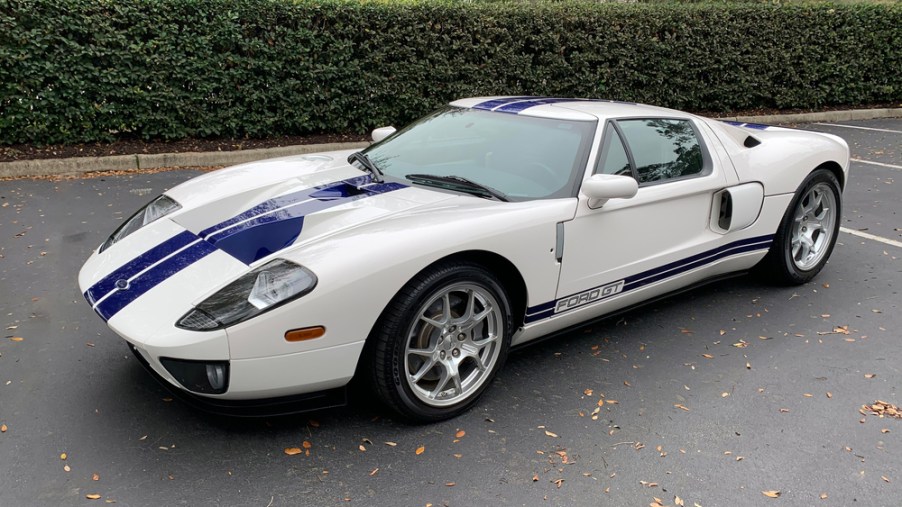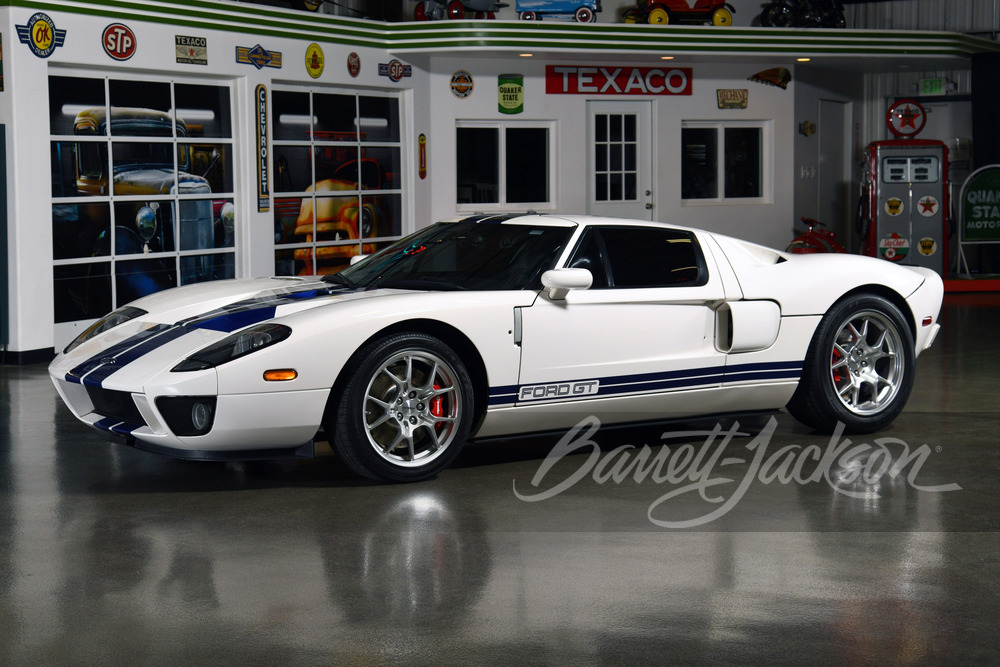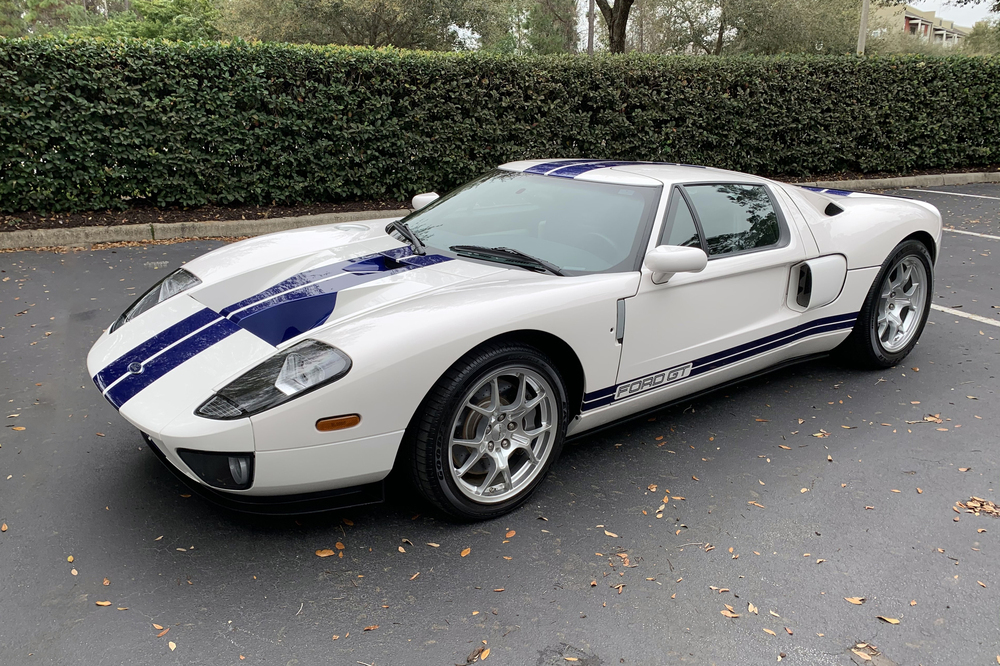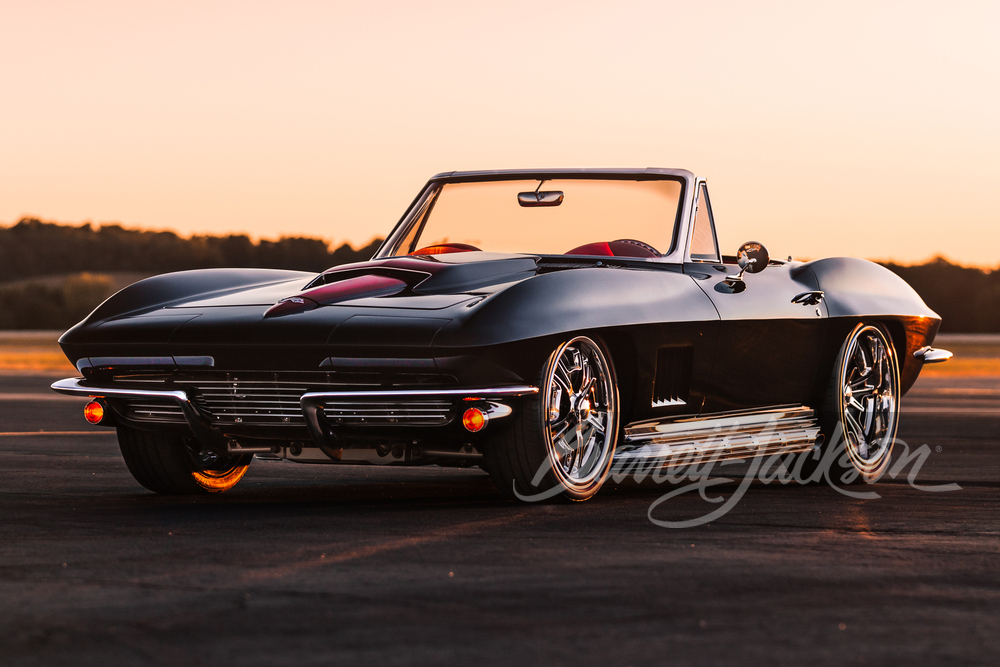
What Does it Mean to Bid on a Car with No Reserve?
Whether you casually browse automotive auction websites in your spare time or like to attend the events in person, there are a lot of words and phrases used in this area of vehicle sales that aren’t common knowledge. One of those phrases is “no reserve” and while the concept is relatively simple, it can be confusing to see when it’s pinned next to any auction details or images.
What is a reserve?
Unless stated otherwise, it is usually safe to assume that a vehicle at an auction like the Barrett-Jackson auction has a reserve. A car being sold with a reserve price means there is an undisclosed minimum price that the seller is willing to sell the vehicle for. If that minimum price is not met during the bidding process, the highest bidder will not be purchasing the car.

What does ‘no reserve’ mean?
When a car hits the auction block and it is announced that there is ‘no reserve’ the mood in the room typically changes — at least from my experience. A car with no reserve can be bought for whatever the highest bid is, regardless of how much the buyer would like to sell it for. This can be agreed to by a seller to encourage bidders. It is typically the riskier of the two options and isn’t the most common scenario for oddball collector cars that require just the right buyer.

How reserves protect sellers
Reserves are designed to let the seller set a minimum threshold for what they are willing to sell the vehicle for. This can protect the seller from losing money on their vehicle, some of which are maintained or customized as an investment. The seller can set the reserve to whatever they want and it is typically the minimum they are willing to sell the car for. Sometimes this does mean that the car does not sell if bidding doesn’t reach the reserve price, but that does mean the buyer will be able to attempt to sell the car again for a price they are happy with.

There are many benefits for the seller using the reserve option, but there are some downsides too. Typically this is done to assure the seller that the vehicle will be sold at a price they are happy with, but it can also mean the vehicle doesn’t sell.


